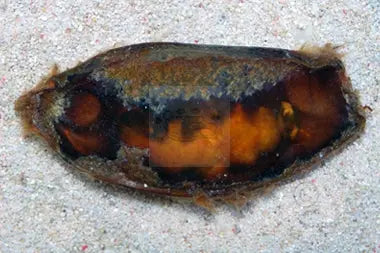
PRICE MATCH
We’re all looking for best prices, even saving a couple pounds can make huge difference. Thats why we’ll match the price of your products if you find cheaper somewhere else.
INFORMATION
Please note we try are best to complete orders, but it is subject to current stock levels, while some items show in stock, this is livestock and sometimes when an item was in stock at the time of listing, it may not be in stock at the time of ordering, Due to covid virus effecting deliveries into United Kingdom from suppliers, we are acting on sending 50-100% of orders will be shipped & any outstanding items will be instantly refunded, so please add reserves to avoid disappointment.

LOYALTY REWARDS
Earn rewards as you shop with Marine World Aquatics.
This product will get you 72 points.
Description
Payment & Security

Your payment information is processed securely. We do not store credit card details nor have access to your credit card information.

PRICE MATCH
We’re all looking for best prices, even saving a couple pounds can make huge difference. Thats why we’ll match the price of your products if you find cheaper somewhere else.
INFORMATION
Please note we try are best to complete orders, but it is subject to current stock levels, while some items show in stock, this is livestock and sometimes when an item was in stock at the time of listing, it may not be in stock at the time of ordering, Due to covid virus effecting deliveries into United Kingdom from suppliers, we are acting on sending 50-100% of orders will be shipped & any outstanding items will be instantly refunded, so please add reserves to avoid disappointment.

LOYALTY REWARDS
Earn rewards as you shop with Marine World Aquatics.
This product will get you 72 points.



